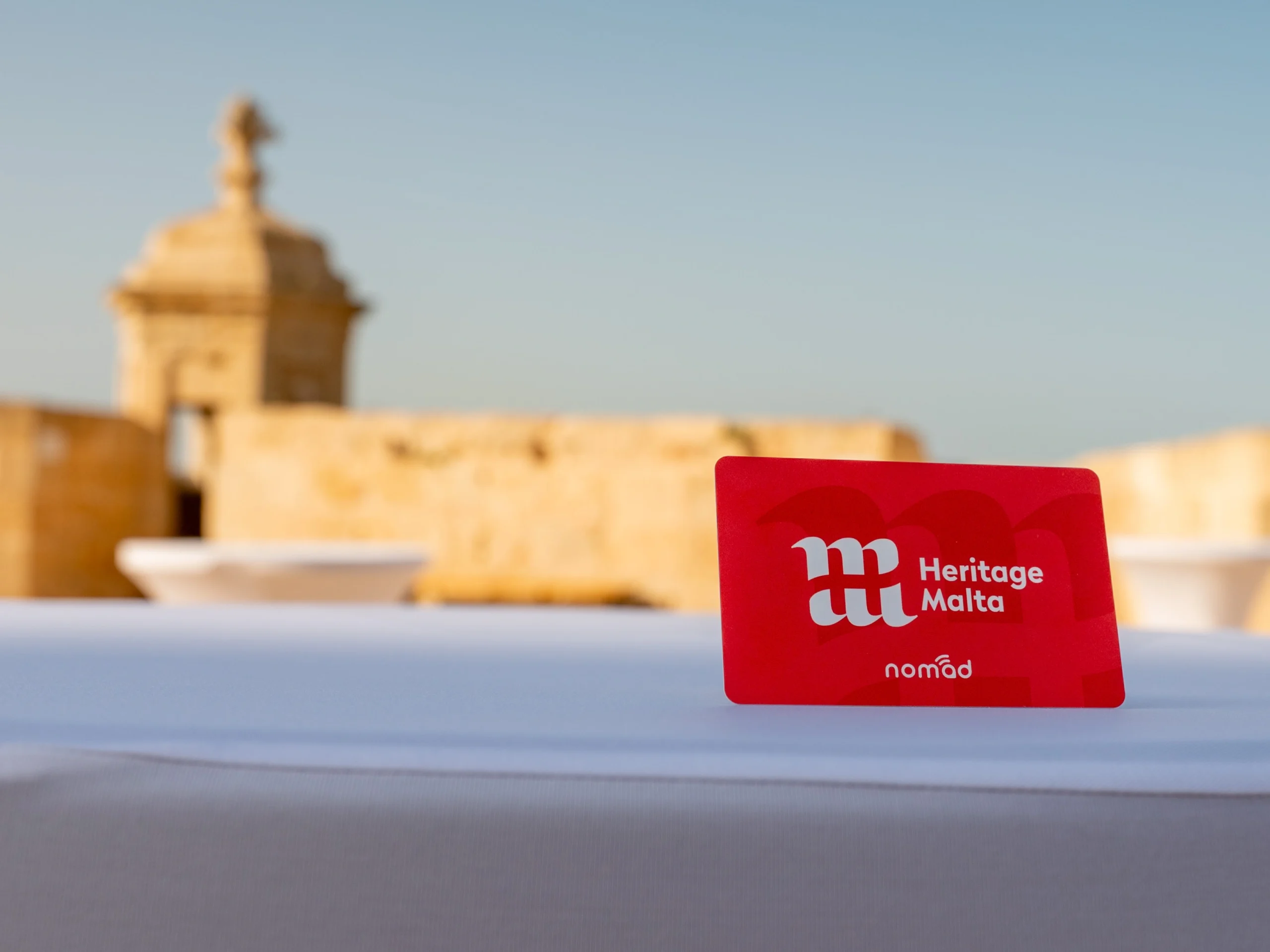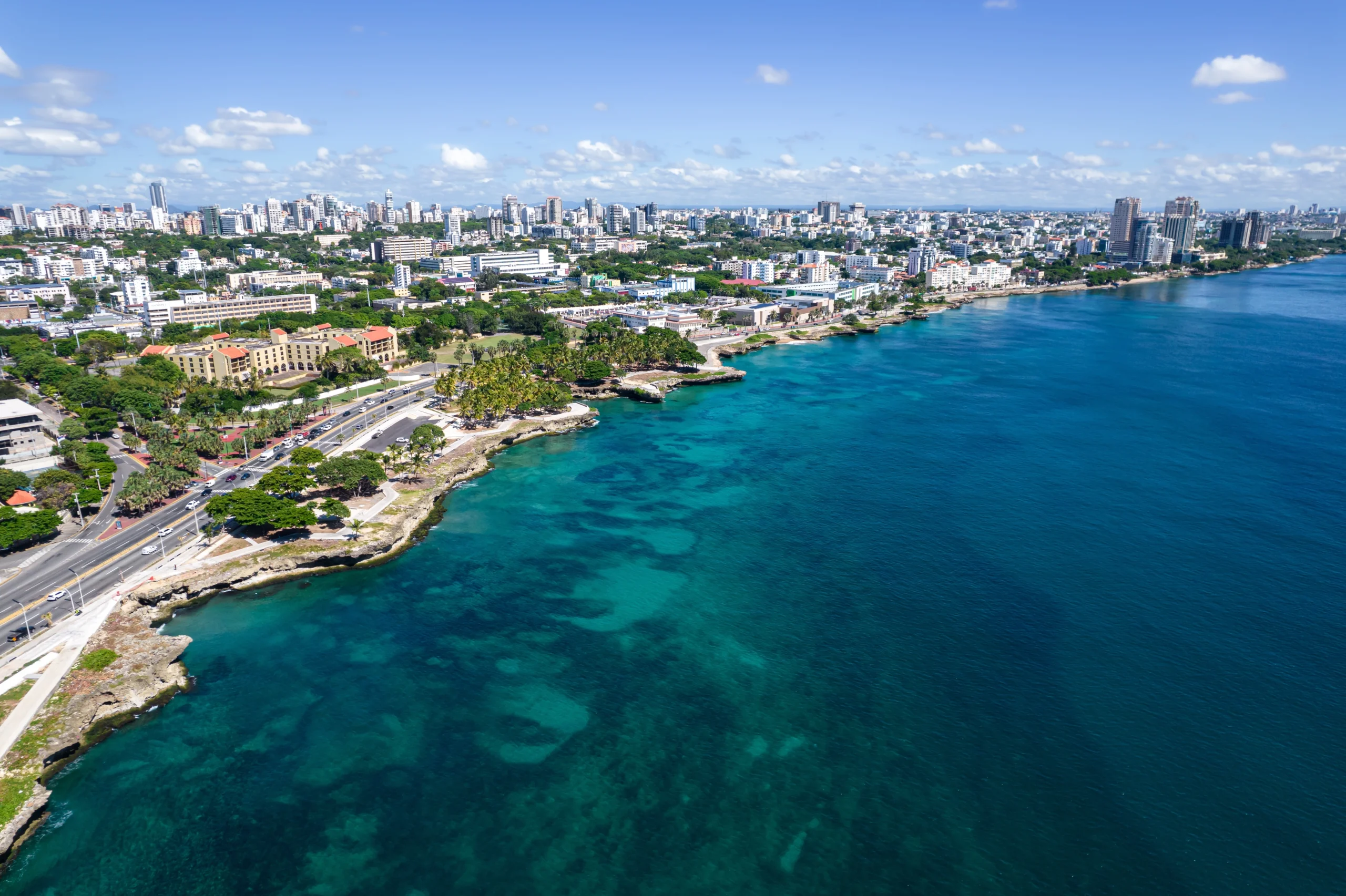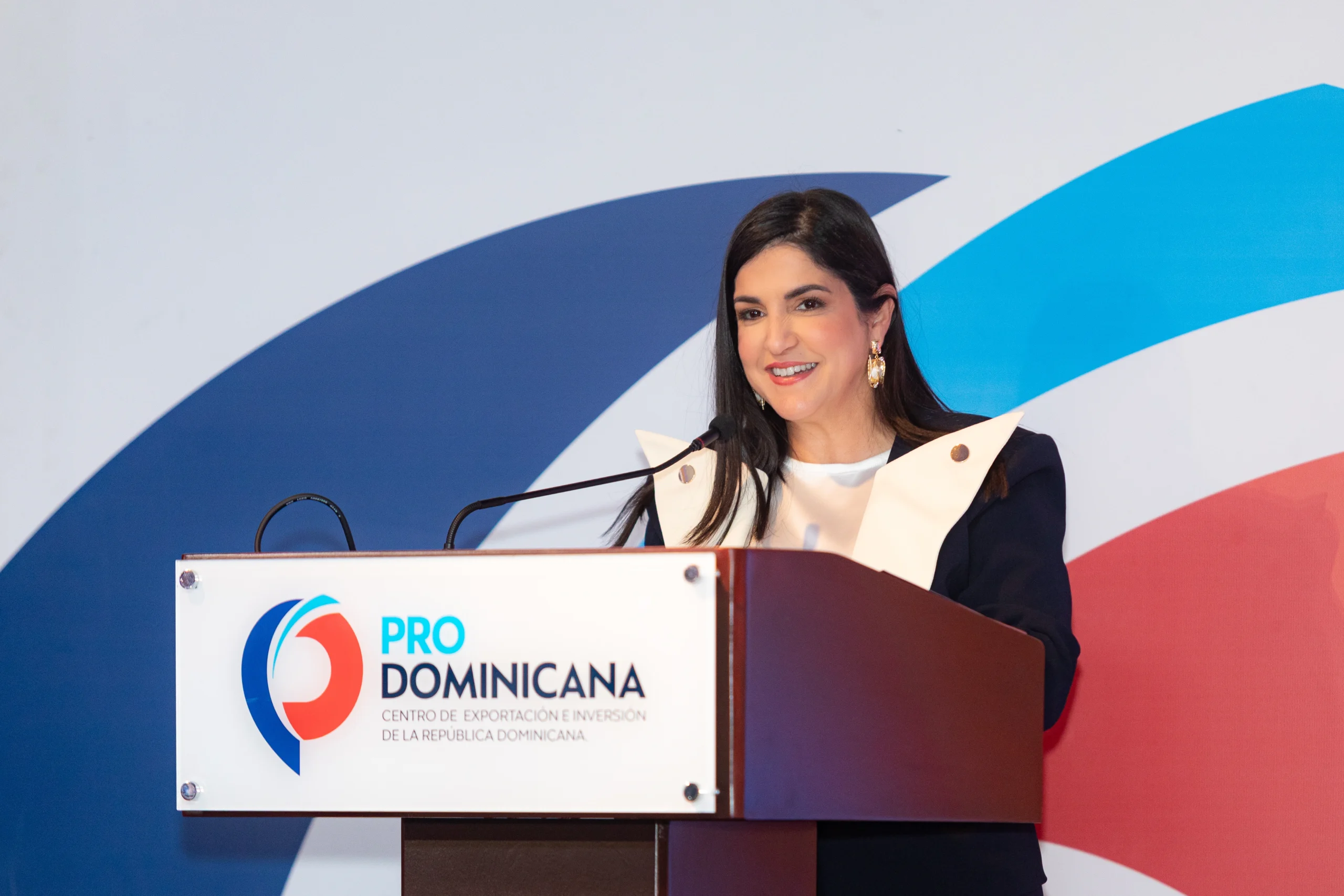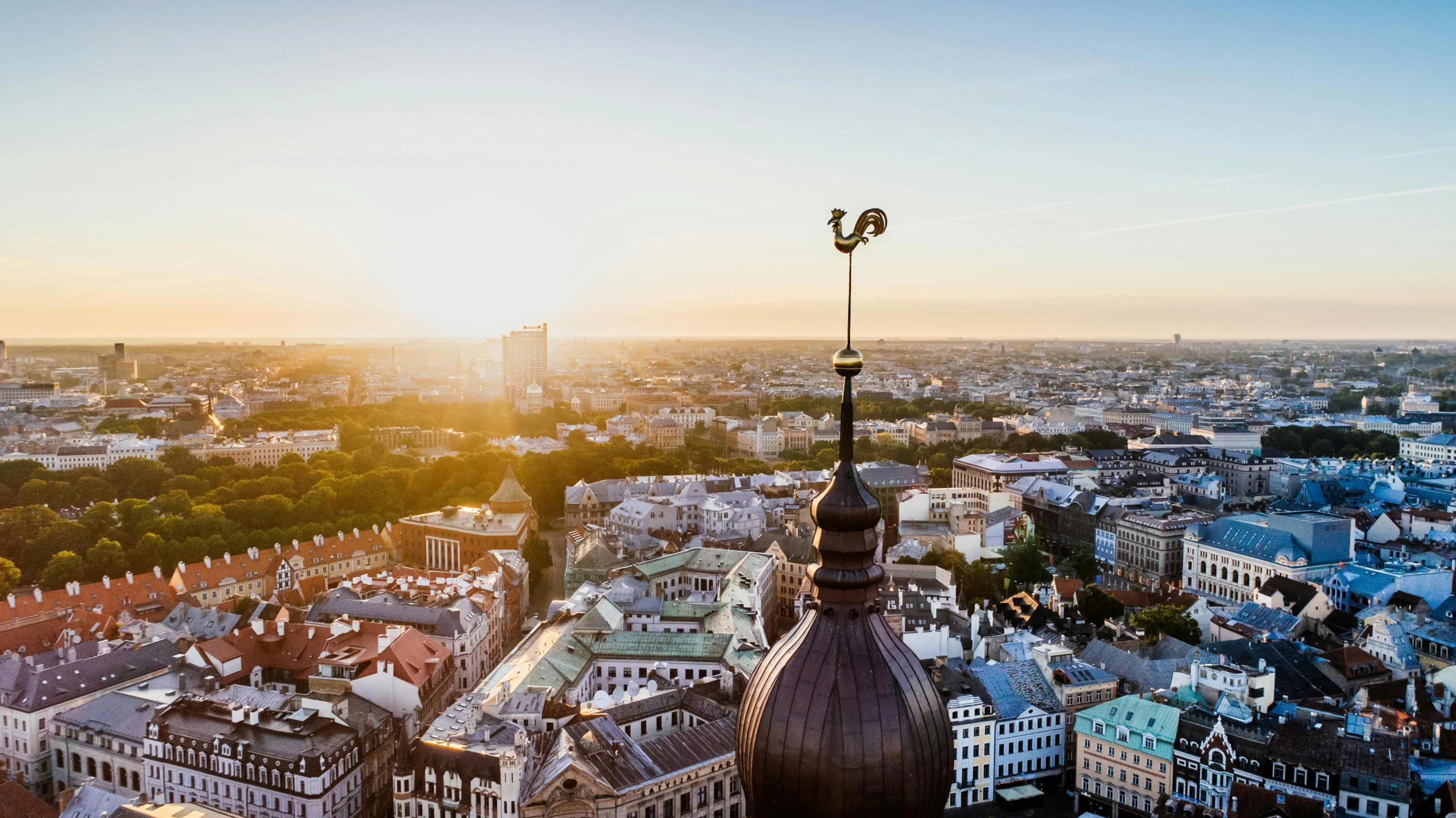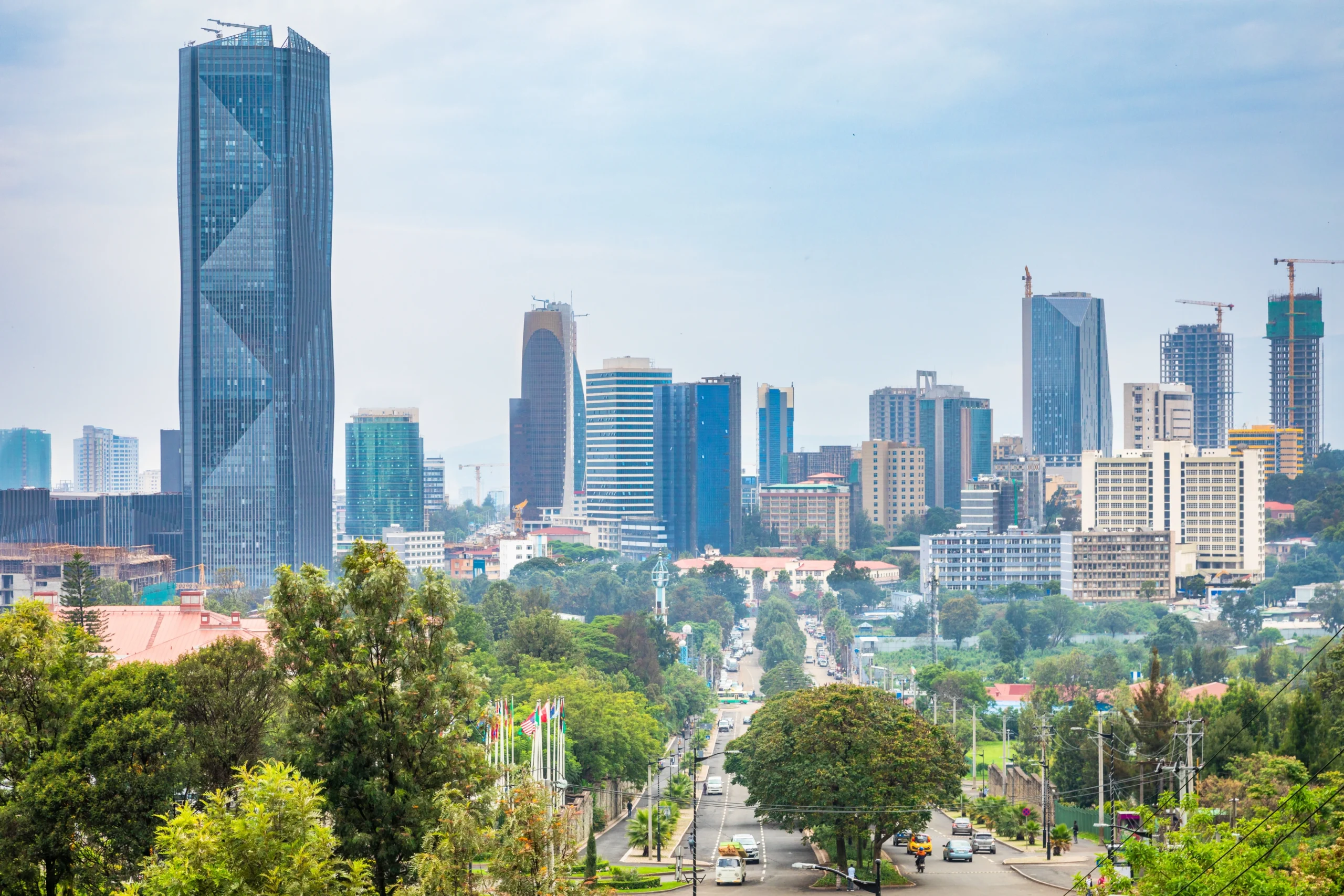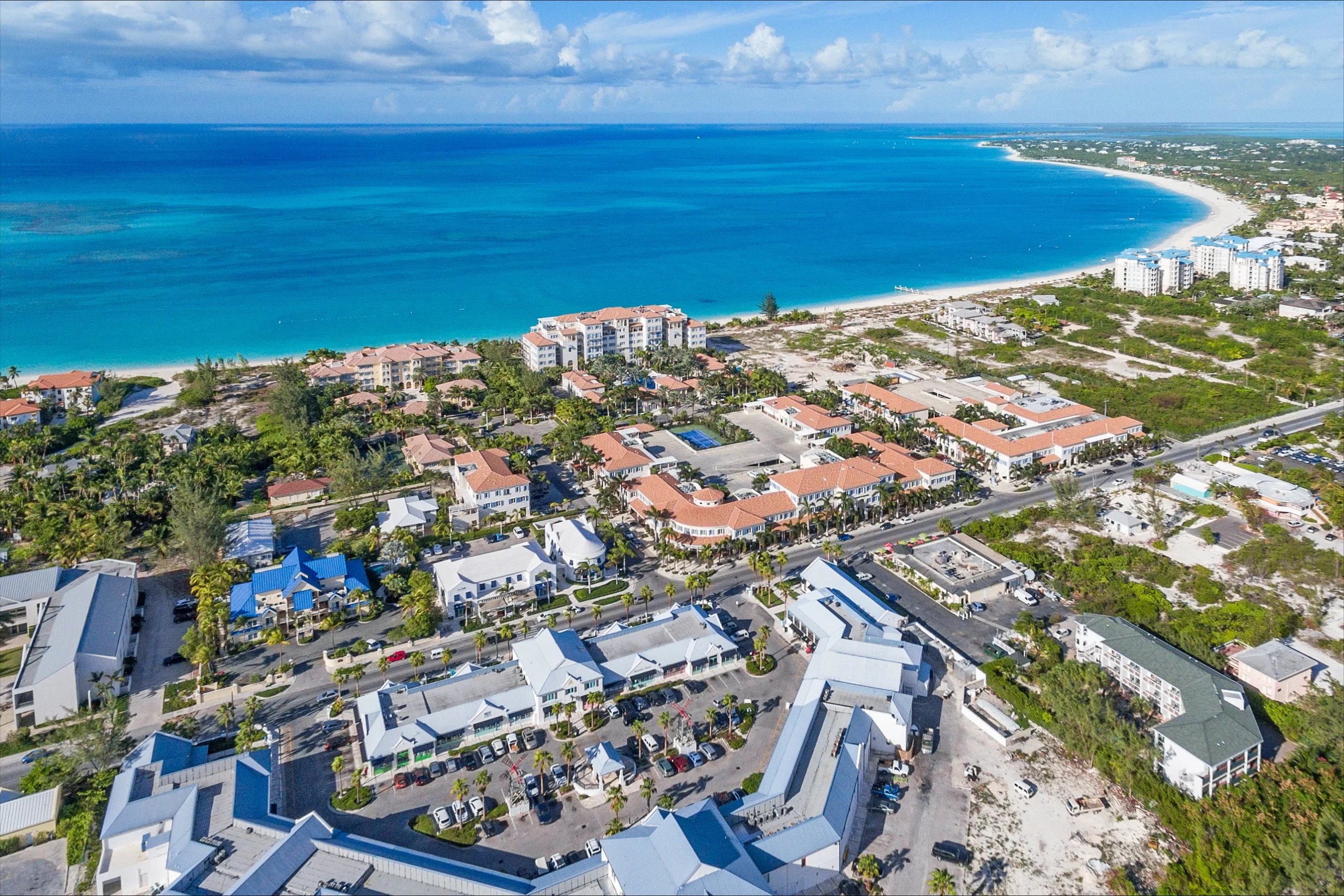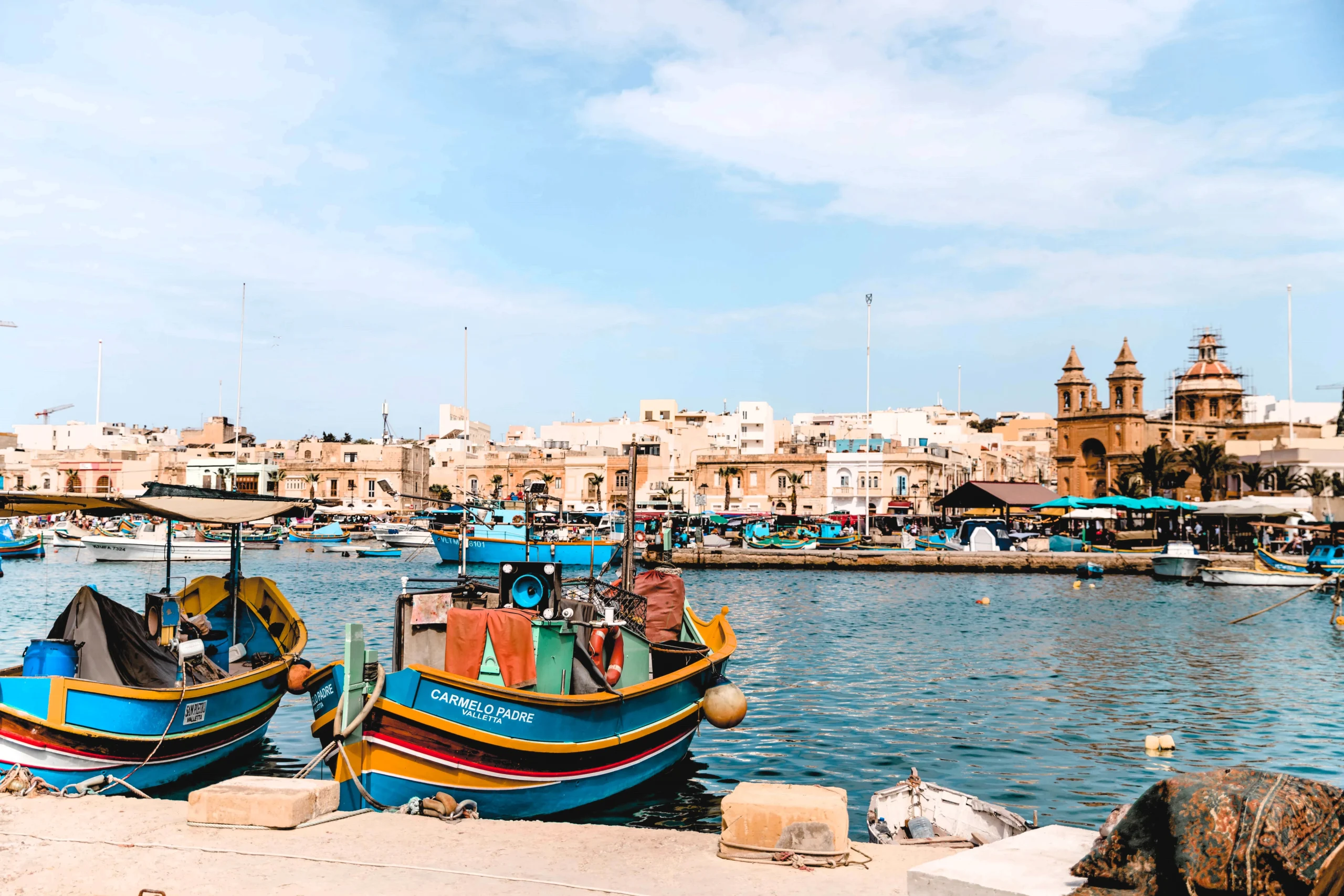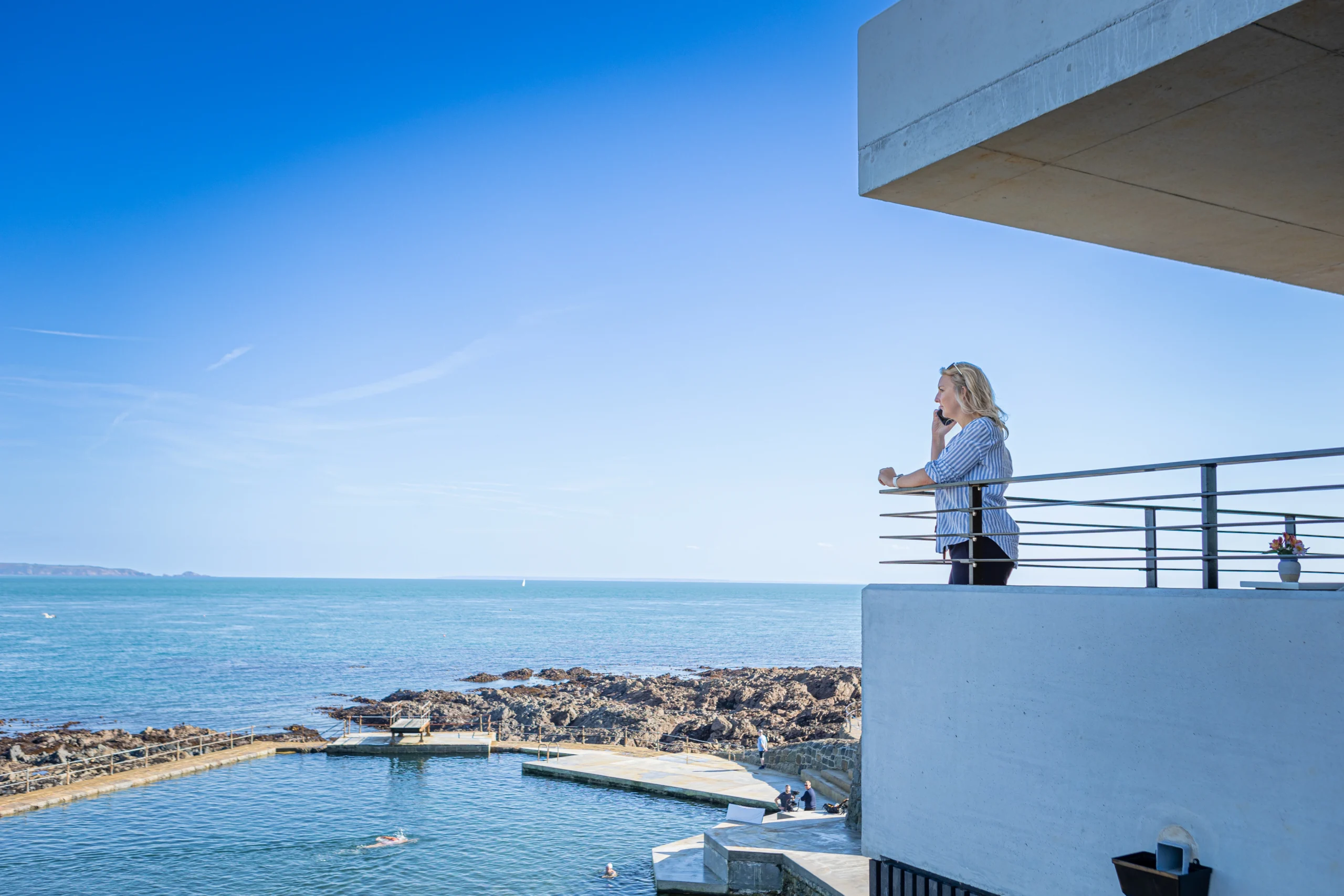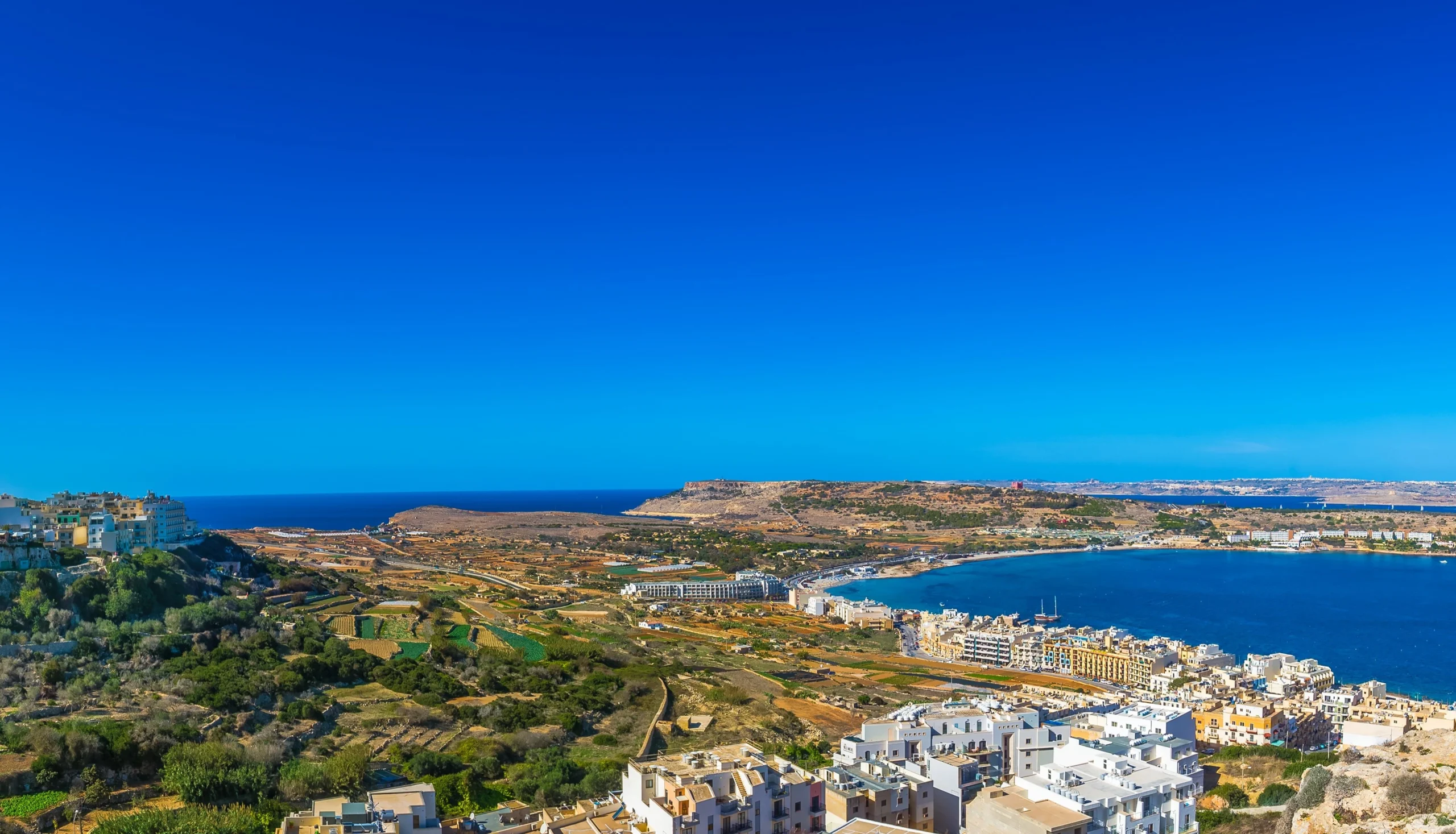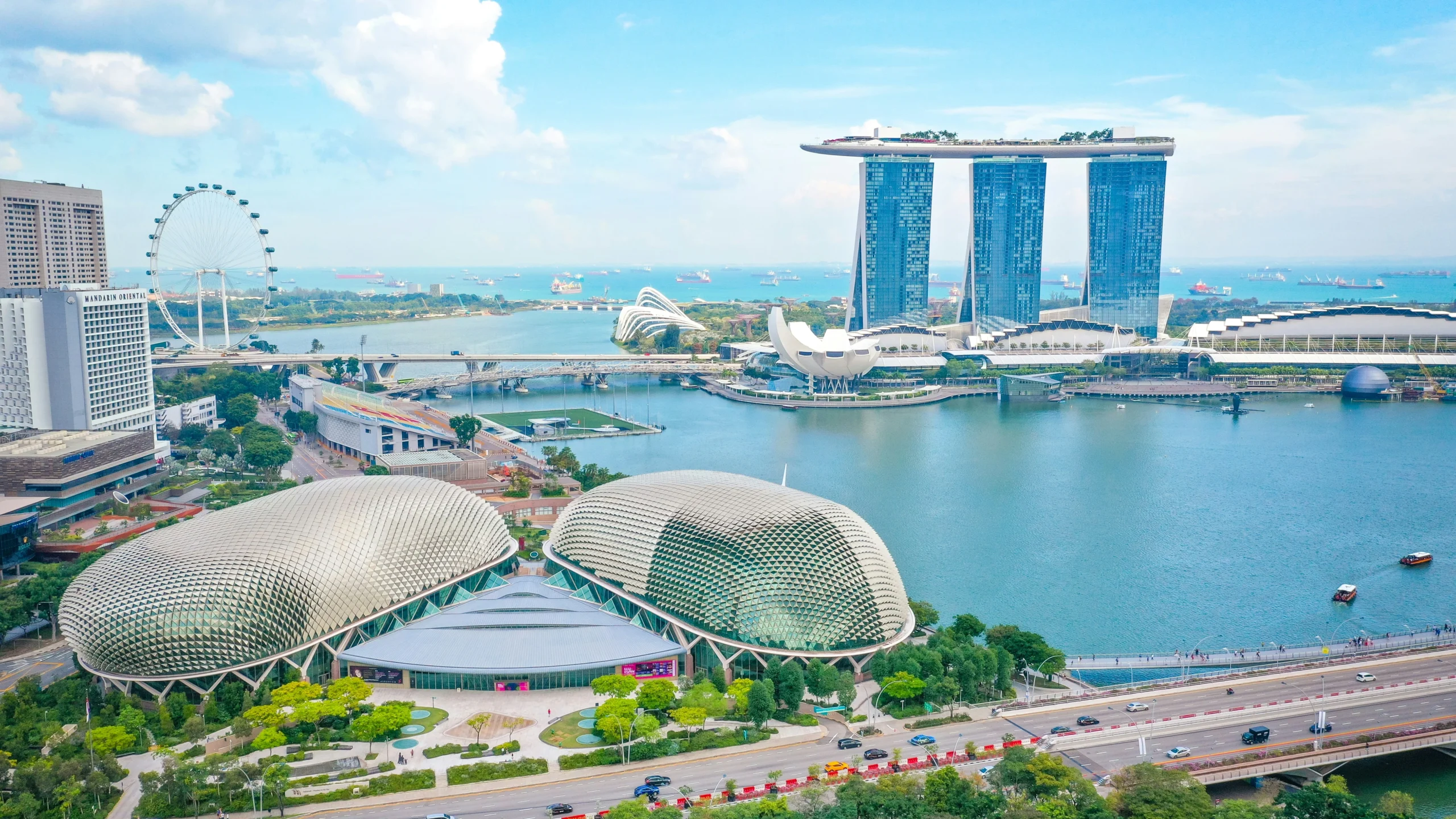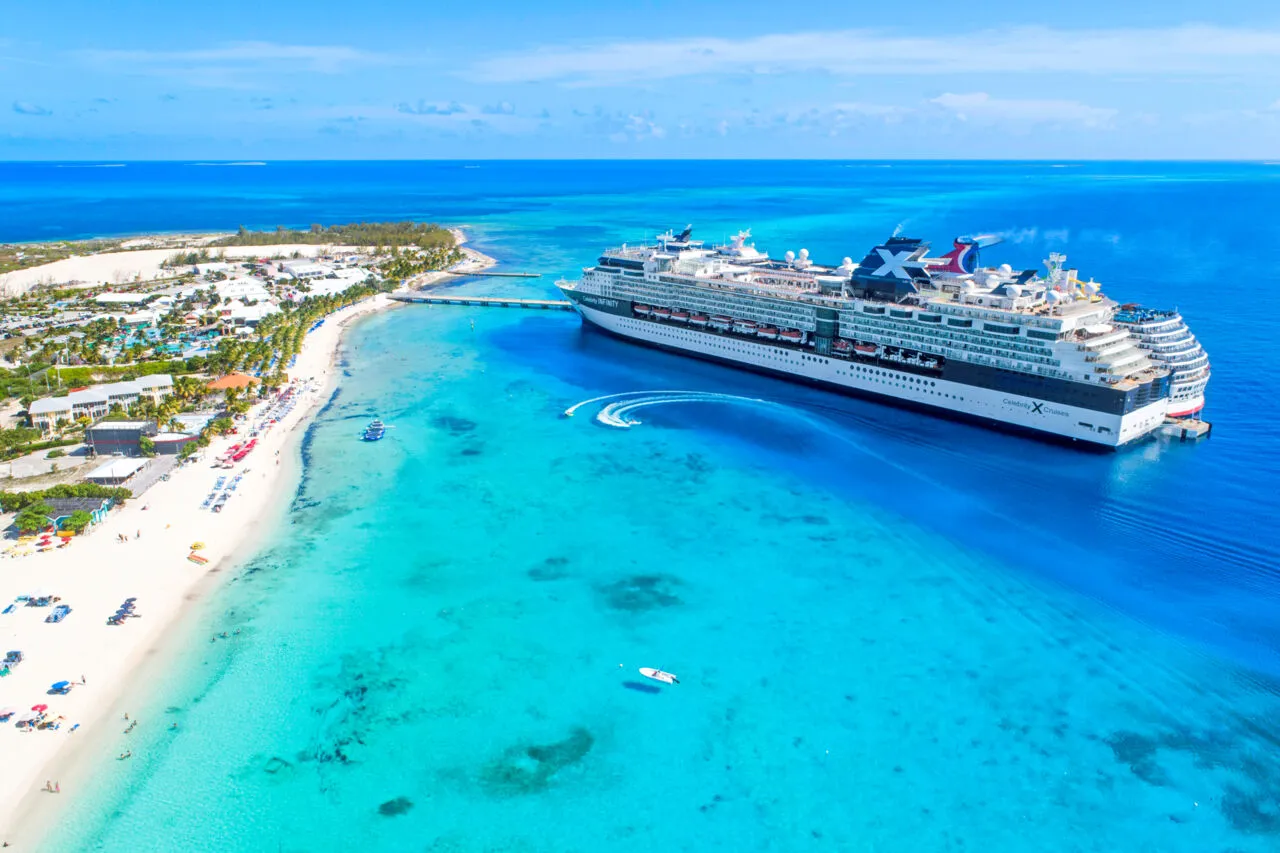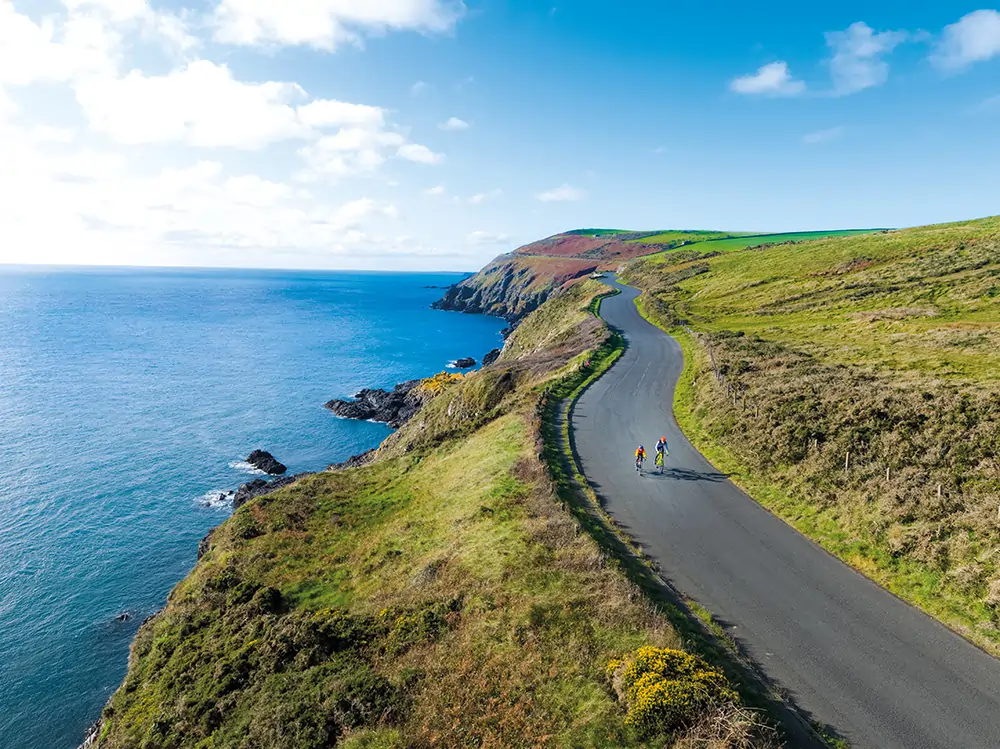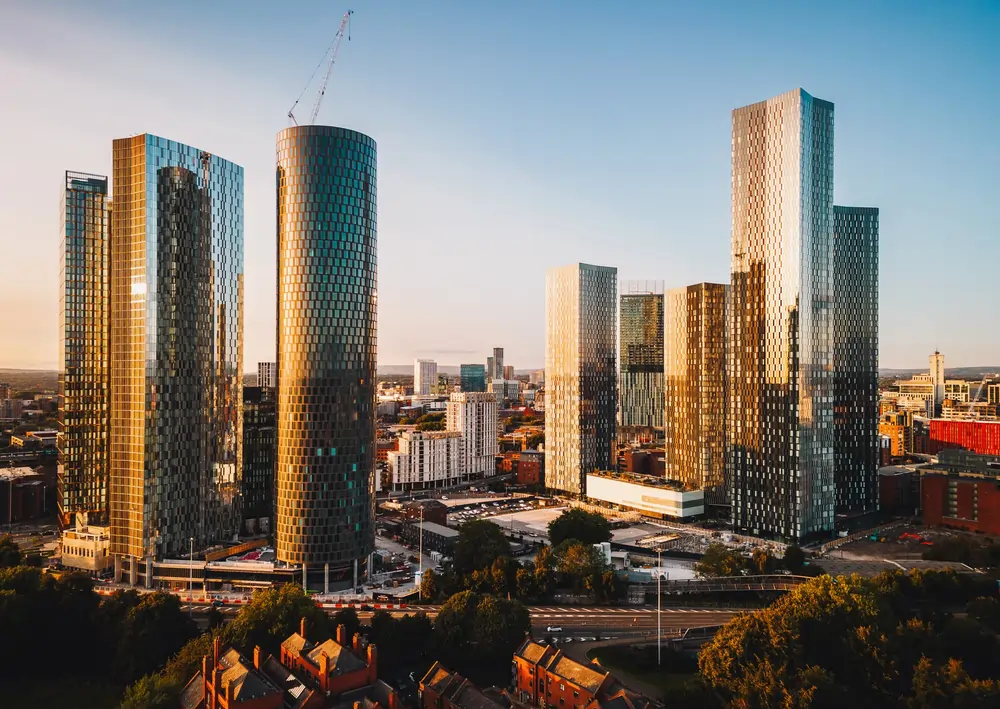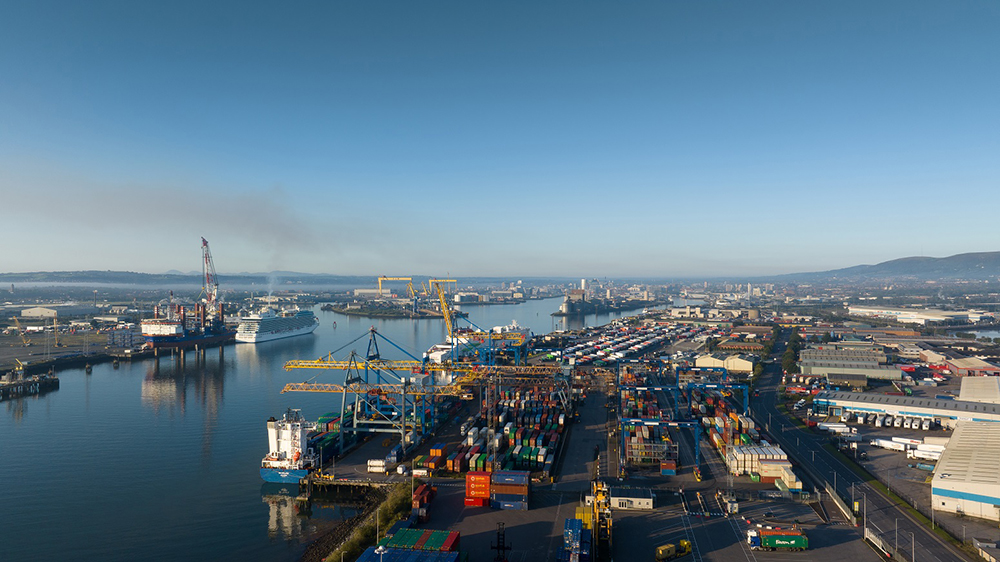Driving business success in a Blue Zone

John E. Kaye
- Published
- Foreign Direct Investment, Home

A ‘Blue Zone’ is one where the world’s longest living people reside and a combination of lifestyle and environment reduce the presence of diseases commonly found in other parts of the developed world to a fraction. Costa Rica is one such zone. It is little wonder that this country in the middle of the Americas is combining biodiversity, food, health and biotechnology to spark innovation.
Biotechnology
Costa Rica hosts 5% of the world’s biodiversity and 3.5% of marine known species around the world providing a natural lab for research on new materials and components. It is ranked number 1 in Latin America for availability of research and training service and second for availability of engineers and scientists by the World Economic Forum, making it a choice destination for businesses in this fields. Furthermore, the country hosts 32 research institutions and access to over 3,400 researchers, which creates a unique environment for collaborative research with local institutions or to set up a research facility.
The National Commission for Biodiversity maintains an up-to-date registry of species collections, overseeing initiatives for research, bio-prospecting, classification and research for commercial purposes on new sources of chemical components, genes, proteins, microorganisms, and other products with current or future economic value that are found in Costa Rica´s biodiversity. A recent study by luxury brand Chanel on Costa Rica´s Blue Zone found 70 times more active antioxidant molecules in green coffee beans from that region than of any other traditional crop. After doing bio-prospecting, the company gained commercialization rights to include this Costa Rican component in its Blue Serum anti-aging product.
Biodiversity
Costa Rica’s unique location gives it access to an abundance of flora and fauna, unparalleled across the world, for example it supports 5% of the world’s biodiversity and 3.5% of known marine species, making it a perfect natural laboratory for research on new materials and components. The Costa Rican National Commission for Biodiversity Management (CONAGEBIO) plays a pivotal role in the maintenance of an up-to-date registry of ex-situ (non-native) species. It also plays a key role in overseeing initiatives for research, bio-prospecting including systematic search, classification and research for commercial purposes regarding new sources of chemical components. Examples of these components include genes, proteins, microorganisms, and other products with current or future economic value that are found in Costa Rica´s biodiversity. Moreover, it also oversees the commercialisation of these.
Food and Agri innovations
The mantra ‘you are what you eat’ is never truer than in Costa Rica, where more than a century of agri-business combined with the latest technologies has resulted in exports across the globe. Costa Rica exports 340 food products to 130 destinations, through a robust network of Free Trade Agreements (or FTAs). This enables preferential access to two thirds of the world’s GDP. But with large scale production comes the responsibility of sustainability, if this unique environment is to be preserved, and at the heart of this is the Costa Rican motto ‘we preserve to produce and we produce to preserve’.
The country’s value chain has expanded and caters to the growing demand for organic agriculture, ‘green’ production and Fair Trade, in addition to biotechnology applied to agriculture. It is still leader in golden pineapple and banana production in fresh and processed presentations such as aseptic purées and juices. But the production of ‘super foods’ for food and non-food applications steadily rises, namely of Aloe, Soursop, Mangostan, Rambutan, Moringa and Ipecacuana, where many of these are used for food enhancement and non-food applications such as leaf extracts or leaf processing for pharmaceuticals or personal care.
Health and wellbeing: a choice destination for clinical trials
The country abolished its army voluntarily in 1948, reallocating this funds to health and education as a path for development. The net effect of this can be seen today where 9% of its GDP is spent on health and has created a cluster of over 70 ‘medtech’ companies, making medical devices Costa Rica´s #1 industrial export product.
For the past 25 years Costa Rica has actively encouraged clinical research. One such result is the new Biomedical Research Law for clinical trials, which was established in 2014 and provides a stronger, more robust regulatory framework. The country also offers a one-stop-shop for regulatory approval procedures with as low as a nine-week approval timeframe. For the past 19 years the Costa Rican healthcare system tests every single newborn for 29 genetic conditions, thus providing a strong pull for patient identification in a wide array of common and rare diseases.
It is unsurprising that because of this vision Costa Rica provides a leading position in innovation and safeguarding of intellectual property. In addition, this carefully managed environment and the balanced lifestyles of the Costa Rican people come together to create a living and breathing laboratory known as the blue zone, which plays such a key role in the success of the people and industry located there.
Further information
[email protected]
www.cinde.org
Sign up to The European Newsletter
RECENT ARTICLES
-
 Malta introduces Nomad Heritage Card for remote professionals
Malta introduces Nomad Heritage Card for remote professionals -
 How free global cities could reshape the future of migration
How free global cities could reshape the future of migration -
 Dominican Republic positions itself as Caribbean hub for sustainable trade and investment
Dominican Republic positions itself as Caribbean hub for sustainable trade and investment -
 Biviana Riveiro Disla speaks to The European about the Dominican Republic’s role as a hub for trade and investment
Biviana Riveiro Disla speaks to The European about the Dominican Republic’s role as a hub for trade and investment -
 Liechtenstein tops global index for foundations
Liechtenstein tops global index for foundations -
 Keeping the door open: wealthy UK citizens investing their way back into the EU
Keeping the door open: wealthy UK citizens investing their way back into the EU -
 Ethiopia emerges as a sustainable investment leader on the African stage
Ethiopia emerges as a sustainable investment leader on the African stage -
 France’s FDI renaissance marks a Nouvelle Ère for Europe
France’s FDI renaissance marks a Nouvelle Ère for Europe -
 The Turks and Caicos Islands: A new era for financial services and innovation
The Turks and Caicos Islands: A new era for financial services and innovation -
 Jersey in focus – an interview with Chief Minister Deputy Lyndon Farnham
Jersey in focus – an interview with Chief Minister Deputy Lyndon Farnham -
 Malta – a popular base for digital nomads
Malta – a popular base for digital nomads -
 Move to Guernsey: The Channel’s island gem
Move to Guernsey: The Channel’s island gem -
 Malta’s residency-by-investment programme: a clear path to permanent residency
Malta’s residency-by-investment programme: a clear path to permanent residency -
 The banking shift that Europe’s businesses can’t afford to ignore
The banking shift that Europe’s businesses can’t afford to ignore -
 High-net-worth Europeans turn to investment migration amid security fears
High-net-worth Europeans turn to investment migration amid security fears -
 Beyond the beaches: a spotlight on the Turks and Caicos Islands
Beyond the beaches: a spotlight on the Turks and Caicos Islands -
 Video Interview with Dr. Christian H. Kaelin of Henley & Partners
Video Interview with Dr. Christian H. Kaelin of Henley & Partners -
 Ireland’s resilience and future in Foreign Direct Investment
Ireland’s resilience and future in Foreign Direct Investment -
 Video Interview with Peta Conn of Invest Northern Ireland
Video Interview with Peta Conn of Invest Northern Ireland -
 The Isle of Man: Space to thrive
The Isle of Man: Space to thrive -
 Video Interview with Michael Lohan of IDA Ireland
Video Interview with Michael Lohan of IDA Ireland -
 Inside Look: Greater Manchester's Financial Services Boom
Inside Look: Greater Manchester's Financial Services Boom -
 Extraordinary opportunities for FDI in Ireland
Extraordinary opportunities for FDI in Ireland -
 Mozambique: A market of opportunities
Mozambique: A market of opportunities -
 Northern Ireland – Built for Business
Northern Ireland – Built for Business

